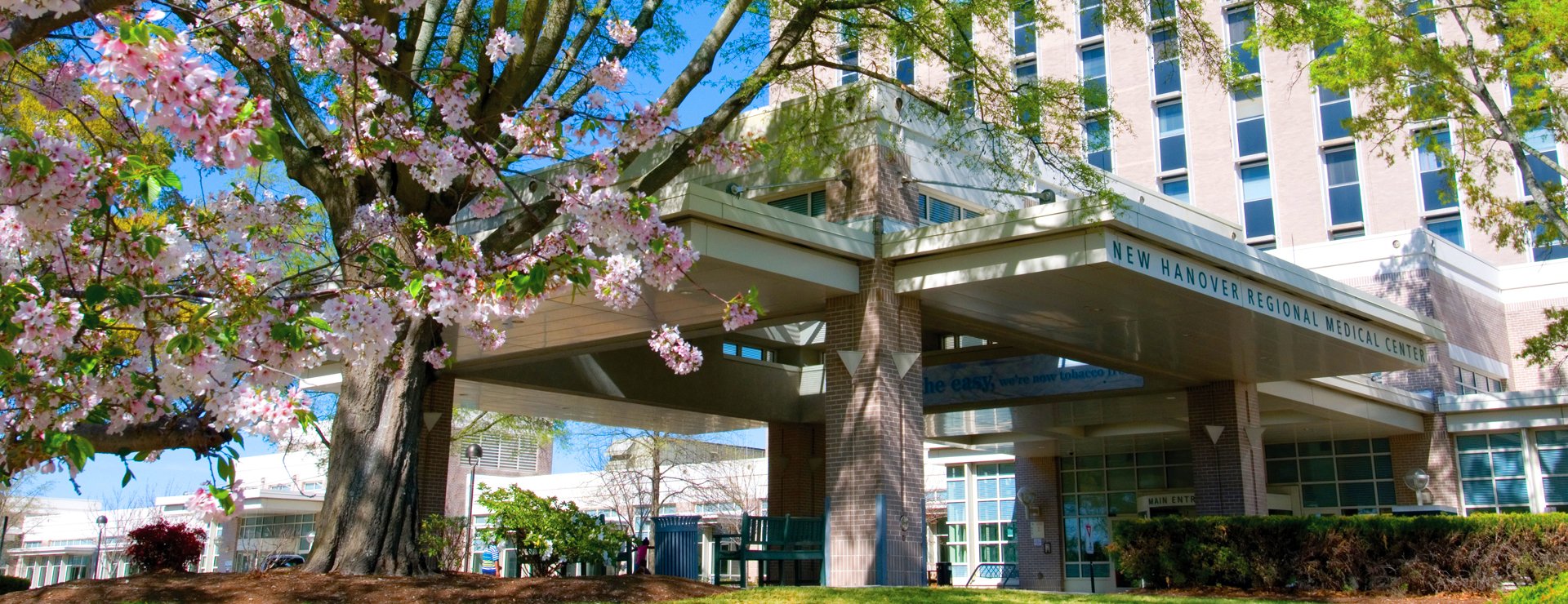
Evolving from a Community Hospital to a Regional Delivery Network
CHALLENGE
The client, a 750+ bed two-hospital health system faced an interesting challenge: many patients did not want to drive to their 725-bed tertiary urban campus and doctors did not want to leave it. Previously, the health system benefited from a lack of competition in the market, insulated from some of the challenges facing many of their around the country. More than half of their medical staff were either independent or affiliated with multi-specialty practices in the region and their smaller hospital, a 25-bed critical access hospital nearly 45-minutes up the road, was severely underutilized. The client realized it was time to prepare for new and disruptive competitors while continuing to focus on the evolving needs of a market with sub-segments that looked nothing alike, ranging from high-growth retirement communities to rural farming communities with major access barriers and few resources.
50+ stakeholder interviews
Demand forecasting
Service line analysis
Competitor analysis
Patient consumer segmentation
Physician workforce demand modeling
Horizon scanning
Site-of-service planning
Customized demand forecasting
Key room and space need determination
Facilitated strategic co-creation sessions
CON submission support
APPROACH
A comprehensive analysis of over 2 million data points was overlaid with information gathered from qualitative research into the competitive landscape, consumers in the market and the local healthcare workforce. Scenarios were developed to explore potential competitor moves and how the organization might proactively respond. Attention was also given to scenarios intended to respond to decade over decade population growth exceeding 25% as well as how to optimize underutilized services in some portions of their service area.
RESULTS
The most value outcome of the engagement was the achievement of organizational alignment around the organization’s future direction. This alignment began with prioritization of investments tied to strategic opportunities and market demand and carried over to investments necessary to create a strategic firewall focused on protecting market share in key service lined.
Since completion of the engagement the organization has begun planning for the addition of a 68-bed community hospital, medical office building and cancer center in an underserved and quickly growing ares of the market. Additional planning is underway to replace services targeted for relocation from clinically and / or functionally obsolete sites of service.
$2B
10-year strategic investment required
4
related CON applications approved in first 3 years